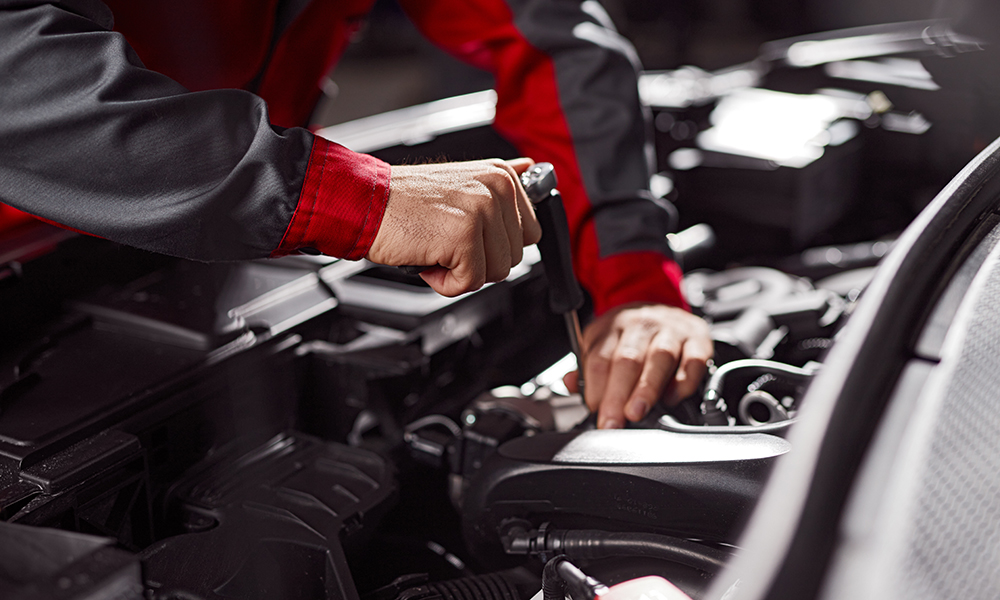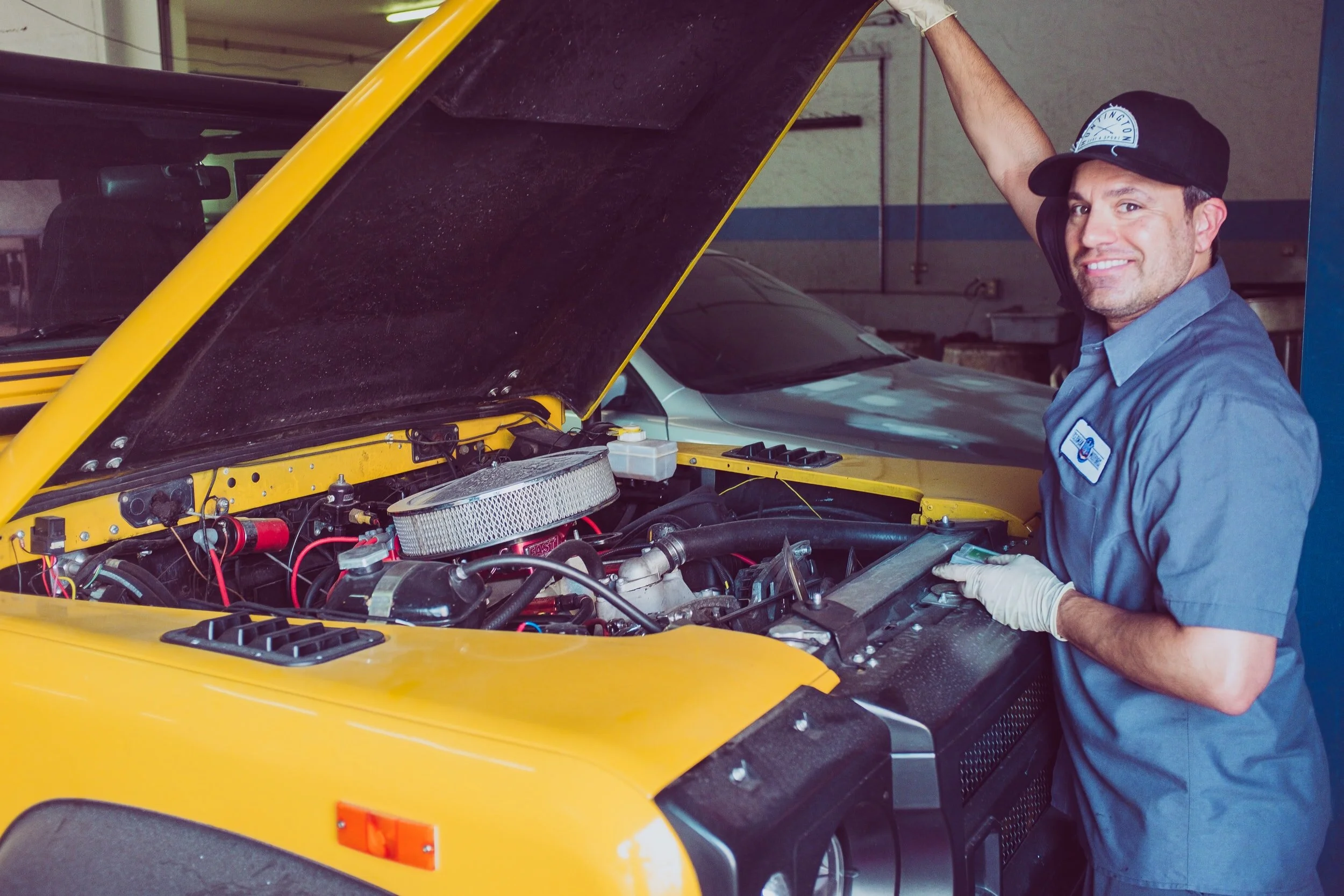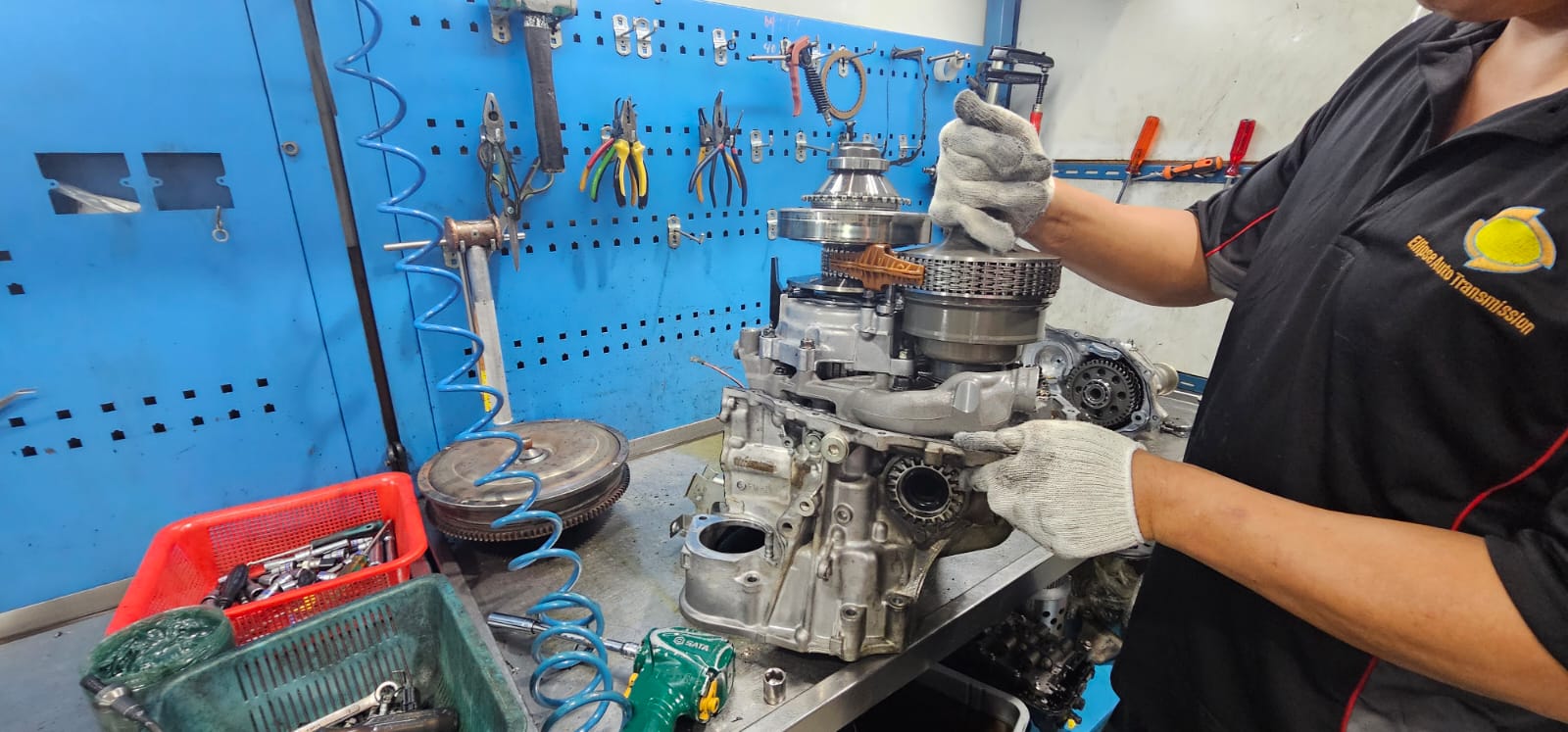Owning a car comes with the responsibility of keeping it in excellent running condition, and one of the most efficient ways to do that is through a well-designed car servicing package. This package bundles essential maintenance tasks into one convenient plan, ensuring your vehicle receives the attention it needs regularly. Instead of waiting for something to go wrong, a car servicing package helps prevent problems before they occur, ultimately saving you time, money, and stress. It’s an investment not just in your car, but in your safety and driving confidence. Understanding what’s covered, how often it’s needed, and how to choose the right package for your vehicle can make all the difference in your overall ownership experience.
Understanding What a Car Servicing Package Is
A car servicing package is a pre-arranged maintenance plan that includes a set of services designed to keep your car performing at its best. Unlike one-time visits for repairs, a servicing package offers continuous upkeep according to your car’s mileage and manufacturer recommendations. It’s a comprehensive care solution that ensures all vital systems — from the engine to the brakes — function smoothly. Many car owners find these packages more convenient and cost-effective because they eliminate the hassle of scheduling individual appointments and negotiating separate service prices. Additionally, they often include scheduled reminders and service reports, making it easier to track your car’s maintenance history.
Car servicing packages vary depending on the provider, but most aim to give drivers peace of mind knowing their vehicles are in capable hands. This is especially beneficial for busy professionals or families who rely heavily on their cars for daily use. By committing to regular maintenance through a package, you’re not just ensuring your car’s longevity; you’re also reducing the risk of sudden breakdowns that can disrupt your schedule and finances.
Common Inclusions in a Standard Car Servicing Package
While inclusions may differ slightly between service centers, a typical car servicing package covers the most important maintenance essentials. The goal is to address all major components that affect the vehicle’s safety, efficiency, and overall performance. Here’s what you can often expect:
- Engine oil and filter replacement
- Tire rotation and pressure check
- Brake system inspection
- Fluid top-ups (coolant, transmission, brake, and windshield)
- Air filter and cabin filter replacement
- Battery condition testing
- Visual inspection of belts, hoses, and lights
Some providers offer premium packages that include advanced services such as air conditioning system checks, wheel alignment, transmission fluid changes, and computer diagnostics. The more comprehensive the package, the better your car’s systems are maintained. These packages often align with the manufacturer’s recommended service intervals — for instance, every 5,000, 10,000, or 20,000 miles — ensuring your car stays within warranty compliance while running smoothly.
Benefits of Getting a Car Servicing Package
Choosing a car servicing package brings multiple benefits that go beyond cost savings. One of the most significant advantages is consistency. With scheduled maintenance, your car gets checked regularly, reducing the chance of small problems becoming major repairs. This proactive approach enhances vehicle reliability and ensures you’re always ready for any journey. Another key benefit is the financial aspect — paying for a package upfront is usually cheaper than paying per service, especially over time.
A well-maintained car also delivers improved fuel efficiency, smoother driving performance, and longer component life. For instance, timely oil changes and air filter replacements can significantly enhance engine performance. The peace of mind that comes from knowing your vehicle is professionally serviced cannot be overstated. Moreover, a full service record boosts your car’s resale value, as buyers prefer vehicles with documented maintenance history.
In short, investing in a car servicing package means you’re safeguarding your car’s performance and protecting your budget from unexpected repair costs.
Types of Car Servicing Packages Offered by Service Centers
Car servicing packages come in various levels to suit different needs, budgets, and vehicle types. Basic packages usually focus on essential maintenance, including oil changes and safety inspections. These are ideal for newer cars or those driven primarily in city conditions. Comprehensive packages, on the other hand, cover a wider range of services — from detailed engine checks to air conditioning servicing — making them suitable for older vehicles or frequent long-distance drivers.
Service centers may also offer mileage-based or time-based packages. Mileage-based plans depend on how far you drive, while time-based ones are designed for those who don’t rack up many miles but still need periodic maintenance. You’ll also find brand-specific packages from authorized dealerships that use genuine parts and adhere strictly to manufacturer standards. Meanwhile, independent workshops often provide flexible packages at more competitive rates.
For car owners, the choice depends on personal preference and priorities — whether you value the warranty assurance of a dealership or the affordability and convenience of an independent service provider.
How to Choose the Right Car Servicing Package for Your Vehicle
Selecting the ideal car servicing package requires a bit of research and understanding your vehicle’s needs. Begin by reviewing your car’s age, model, and usage patterns. A newer vehicle might only need a basic plan, while an older one could benefit from a comprehensive package that includes more detailed inspections. It’s also essential to compare inclusions and ensure the services align with your manufacturer’s maintenance schedule.
When evaluating providers, ask about the qualifications of their mechanics, the types of parts they use, and whether their work affects your warranty. Avoid choosing solely based on price — a cheaper package might skip essential checks, which could cost more in the long run. Check for hidden fees, such as disposal charges or diagnostic add-ons.
A few helpful tips when choosing a package include:
- Always read the fine print before signing up
- Look for packages that include reminders and service logs
- Compare multiple providers for the best value and coverage
- Ensure genuine or manufacturer-approved parts are used
- Consider flexible payment or subscription plans
Signs You’re Due for a Car Service Even Before Your Package Reminder
Even with a car servicing package in place, there are times when your vehicle may signal it needs attention sooner. Warning lights on your dashboard are the most obvious sign, especially those related to oil pressure, brakes, or the check engine system. Other indicators include unusual noises from the engine, squeaking brakes, or vibrations when driving. A drop in fuel efficiency can also suggest that maintenance is overdue.
Changes in how your vehicle handles — such as sluggish acceleration or difficulty steering — are red flags you shouldn’t ignore. Sometimes, it’s simply about intuition; if your car feels “off,” it’s better to get it checked. Addressing small issues early not only keeps you safe but also prevents expensive repairs down the road.
The Role of Certified Mechanics and Authorized Service Centers
Entrusting your vehicle to certified mechanics is one of the best decisions you can make. Certified technicians have undergone specialized training and possess the skills to handle complex systems in modern vehicles. Authorized service centers also use high-quality, genuine parts, which ensures compatibility and reliability. This is especially important for maintaining your warranty and keeping your vehicle compliant with manufacturer standards.
Before choosing a service center, verify their credentials and reputation. Reading customer reviews, checking certifications, and asking about warranties on their work can help you make an informed choice. A reliable mechanic doesn’t just fix problems — they anticipate them, giving you valuable insights into preventive maintenance.
How Technology Is Changing Car Servicing Packages
Technology is reshaping the car servicing landscape, making maintenance smarter and more convenient. Many modern vehicles now come equipped with digital service records, allowing owners to track maintenance history easily. Some service centers offer app-based scheduling and reminders, eliminating the guesswork about when your next service is due. Predictive maintenance, powered by sensors and telematics, can detect potential issues before they escalate.
Subscription-based servicing is also on the rise, where drivers pay a monthly fee for ongoing maintenance and support. This digital evolution ensures a seamless experience for car owners, providing greater control and transparency.
Cost Breakdown: What You Can Expect to Pay for a Car Servicing Package
The cost of a car servicing package varies depending on your vehicle’s make, model, and age. On average, a basic package might range from $150 to $300, while comprehensive packages can go up to $800 or more for luxury or high-performance vehicles. Factors such as engine size, type of oil used, and inclusion of specialized checks also affect pricing.
You can maximize value by looking for seasonal promotions, membership discounts, or loyalty rewards. Some service centers even offer flexible payment terms or bundled family plans for multiple vehicles. Remember that paying slightly more for a reputable provider often results in better quality service and long-term savings.
Frequently Asked Questions (FAQ)
1. What’s the difference between a minor and major car servicing package?
A minor package includes essential maintenance like oil changes and basic inspections, while a major package covers more extensive checks and part replacements, such as brake fluid or timing belt services.
2. How often should I service my car if I drive frequently?
If you drive often or long distances, you should service your car every 5,000 to 7,500 miles, or as recommended by your manufacturer.
3. Can I customize a car servicing package based on my needs?
Yes, many service centers offer customizable packages that let you add or remove specific services according to your preferences and budget.
4. Are dealership packages better than those from local garages?
Dealership packages often include genuine parts and certified technicians, but local garages may provide more flexible options and competitive pricing.
5. Does skipping a service affect my car’s warranty?
Yes, skipping or delaying a scheduled service can void your car’s warranty, as most manufacturers require regular maintenance to maintain coverage.
Takeaway
A car servicing package is more than just a maintenance plan — it’s a commitment to keeping your vehicle safe, efficient, and dependable. By understanding what’s included, choosing the right provider, and staying proactive with maintenance, you ensure your car performs at its best for years to come. The right package can save you money, extend your car’s life, and give you the confidence that every drive is a safe one.









